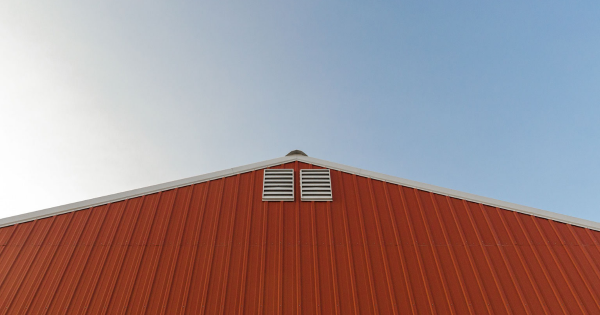
12 Nov What Is Prefabrication And Who Does It Benefit?
As we move into the future, it becomes increasingly clear that there is a growing need for buildings that can be constructed quickly and efficiently. The issue is that quick construction is often surrounded by a kind of stigma. We associate speed with sloppiness or compromise of some kind. There is a prevailing — if incorrect — idea that if something is constructed with speed, it cannot possibly be high quality. However, the more that prefabricated commercial metal buildings become the norm, the clearer it becomes that speed does not equal poor quality. Though prefabrication is growing more and more common, with everything from prefab church buildings to prefab metal airplane hangars being normalized, there are still many contractors and for that matter commissioners who don’t understand the ins and outs of prefabrication and how it can ultimately benefit both those creating the building and those commissioning it. With that being said, let’s examine prefabrication and what it can do for us today.
What Is A Prefabricated Metal Building?
There is no single type of prefabricated metal building. As previously mentioned, governments and individuals alike can commission prefab church buildings as well as prefabricated warehouses, prefabricated office buildings, and much more. Generally speaking, prefabrication is most often turned to for commercial metal buildings, and understandably so, though prefabricated homes can also be built. Essentially, the definition is in the name. A prefabricated building is prefabricated, which means that it is constructed from components that were already made prior to the assembly of the specific building. Those components are then shipped to the building site, often with instructions, and laborers will use the components to construct the pre-planned building. These components are usually metal, quite often steel. As opposed to constructing a custom building from the ground up, a prefabricated building is essentially giving you the opportunity to create a set, and to work off of an established design. While some love prefabricated buildings, others might take a little bit more convincing.
What Are The Benefits Of Prefabricated Buildings?
Prefabricated buildings come with a number of benefits, and they tend to be wide-ranging. For one thing, many like the idea of prefabrication because it allows them to work more sustainably. This is because prefabricated building components are quite often made from recycled metal, especially recycled steel. Steel is already a highly recyclable material, as recycling saves roughly 75% of the energy expended to create steel. This means that prefabricated buildings are actually more eco-friendly, and therefore a more appealing option to not only many individuals, but many communities in general.
Another benefit of prefabrication is that it cuts down on the time spent designing and then constructing a building. If you’re working on prefab church buildings, you don’t have to think as much about the components of the building process. Everything has already been sourced, and the plans have already been laid out. There is less room for error, and errors that do occur can often be quickly amended, more so than they would be if a building was being assembled from the ground up “from scratch”. This also means that there is less of a risk of laborers being injured because they are following a very straightforward building process, even more so than they would with a traditional building process. There is less space for them to get confused and potentially injure themselves. Ultimately, this all means that the building quite often costs less to construct. There is less time spent on labor, and therefore less money spent on labor. Quite often, contractors don’t need to hire as much labor for prefabricated construction processes either. Both those commissioning the building and the contractor benefit from this.
Although there will remain something of a stigma around prefabrication for some who would prefer every building to be perfectly unique, the reality is that many buildings need to be well-constructed and serve a purpose. Prefab church buildings are no less steady, reliable, and well-constructed than a building that wasn’t prefabricated. These types of buildings make construction more accessible to those working on a budget and streamline an often complex process.






